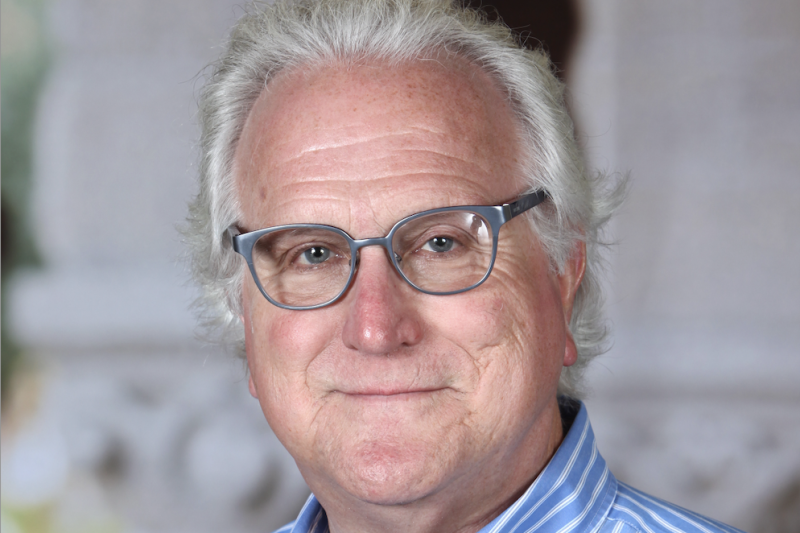
A university and district partnership closes the research-to-classroom gap
The following excerpt is from an article in Kappan magazine by three authors: Laura Wentworth, who received her PhD from Stanford Graduate School of Education in 2010 and is now director of the Stanford University/San Francisco Unified School District Partnership; Deborah Stipek, former GSE dean and faculty director of Stanford's Haas Center for Public Service; and Richard Carranza, SFUSD superintendent.
San Francisco Unified School District’s Assistant Superintendent Bill Sanderson needed data. It was 2010, and the district’s board of education had just passed a resolution to pilot an ethnic studies course in a set of its high schools. The goals for the course were ambitious: Reduce the achievement gap and increase graduation rates.
The school board was considering longer term plans to make this course a graduation requirement. Sanderson needed data that would tell him whether the ethnic studies course achieved its intended goals.
For years, researchers have been working in school districts conducting studies that produce findings. Some of the studies address pressing policy and practice questions like the example above. But most of this research is read primarily by researchers; it rarely affects policy. Because educational research and the practice of education are centered in very different institutions with different expectations, incentives, and cultures, the connections have been tenuous at best.…
Time constraints and political pressure often prompt practitioners to use research to reinforce but not necessarily inform their decisions. The incentive structure for researchers drives them toward research that is valued by peer-reviewed journals and the academic community rather than research that has a high likelihood of being used by practitioners.
Even when educational research can be used to guide educational policy and practice, decision makers may not be aware of it or the relevance may not be obvious.
Meanwhile, there is increasing demand for data-based decision making — careful analysis of information on what works and what doesn’t. While a steady march toward improvement requires education leaders to learn from successes and mistakes and to share those lessons learned with the field broadly, practitioners do not usually have the capacity to conduct research.
A shift toward using systematic research to guide practice thus requires new kinds of connections between the institutions in which researchers and practitioners work. It means creating new partnerships, new skills, knowledge, practices, and structures This article shares almost a decade of experience doing just that. The two institutions are the Graduate School of Education (GSE) at Stanford University and the San Francisco Unified School District (SFUSD).
Previous coverage of the partnership's work includes this news release about the research on the ethnic studies course; a profile of a principals' fellowship program and a story about Stanford GSE's $5 million commitment to the partnership.



